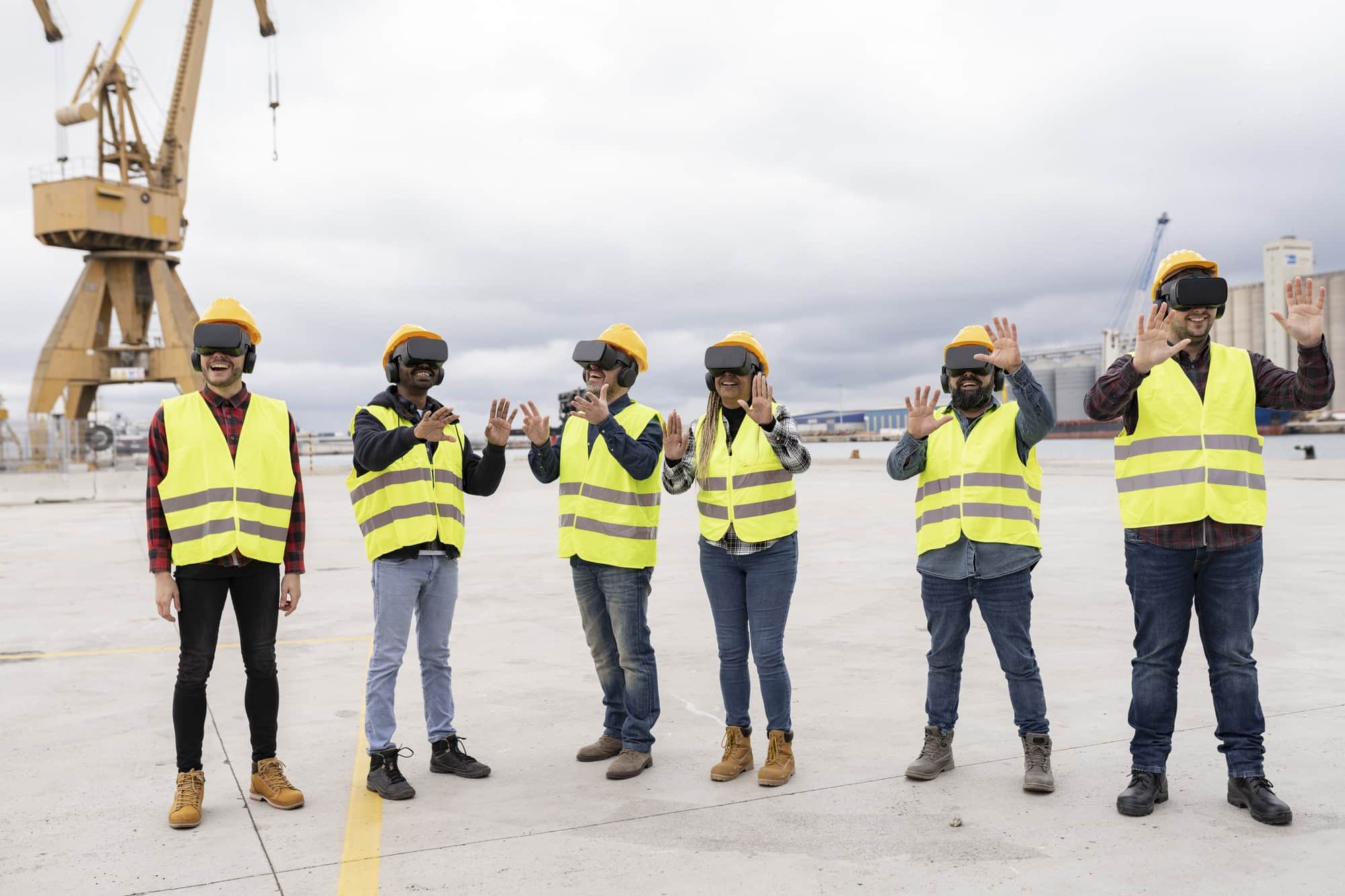You’ve undoubtedly heard the term ‘gamification’, tossed around in business seminars and team-building workshops. But what exactly is it, and more importantly, can it truly boost corporate training outcomes?
Through the course of this article, we will delve into the concept of gamification, how it intersects with corporate training, and the benefits it can bring to your employees and company as a whole. We’ll discuss the elements of gamification, its potential rewards, the engagement it can foster among learners, and how it can transform the traditional learning experience. So sit tight and let’s delve into the game of learning!
Also read : How Are Wearables Redefining Personal Health Tracking?
The Intersection of Gamification and Corporate Training
Gamification is the process of applying game-thinking and game mechanics to non-game contexts. In a corporate setting, it’s used to engage employees and improve learning outcomes during training periods. Let’s explore how this blend of gaming and learning can influence your employee training.
Picture any popular game you’ve played. It likely had points to be scored, competition with other players, rewards for achievements, feedback on your performance, and challenges to overcome. These are also the elements of gamification that can be introduced into corporate training.
In the same genre : What Role Does Cryptography Play in Cloud Security?
By incorporating points, rewards and competition into learning material, employees can become active players in their own learning journey, rather than passive recipients of information. Feedback and challenges help them identify their areas of improvement and motivate them to develop their skills over time.
Engaging Employees with Gamified Learning
Now, let’s examine one of the major benefits of gamifying corporate training: engagement. As the old saying goes, "All work and no play makes Jack a dull boy". Purely instructional training methods can often be dull and demotivating. But when employees are given the chance to learn through play, their engagement levels can skyrocket.
Gamification taps into the human love for games. It turns the learning experience into a more interactive and enjoyable process, keeping employees engaged and motivated. Besides, everyone loves a little friendly competition. Introducing leaderboards and rewards can spur employees to put their best foot forward, fostering a healthy spirit of competition.
The Rewards System: Motivating Employees to Learn
Rewards are an integral part of any game. They provide a sense of achievement and motivate players to keep going. The same applies to gamified training.
Think of rewards as the carrot that keeps the learner moving forward. These can be as simple as points, badges, or certificates—anything that signifies achievement. However, rewards in corporate training can go beyond these material indicators. For instance, an employee who excels in a gamified learning module could be given an opportunity to lead a project, presenting a real-world advancement opportunity.
The Role of Feedback in Gamified Learning
Feedback is another crucial game element that finds relevance in corporate training. In a game setting, feedback informs players about their performance. It lets them know if they’re doing well or if there’s room for improvement.
In a corporate scenario, regular and immediate feedback guides employees in their learning process. It helps them understand where they stand and what they need to do to improve. Gamified learning platforms can provide immediate feedback, allowing employees to understand and rectify their mistakes in real time.
The Long-Term Benefits of Gamified Learning
We’ve discussed how gamification can enhance the learning experience, engage employees more effectively, motivate through rewards, and guide through feedback. But what are the long-term benefits for your company?
Firstly, gamified learning can save your company time. Traditional training methods, with their one-size-fits-all approach, can be time-consuming and often ineffective. Gamified learning, on the other hand, allows employees to learn at their own pace and in their own style, resulting in quicker and more effective learning.
Secondly, employees who enjoy their learning process are more likely to retain information, leading to improved performance and productivity in the long run. Employees are also likely to be more invested in a company that invests in their learning and development in fun and innovative ways. Hence, gamified learning can contribute to increased employee satisfaction and retention.
While gamification is not a one-size-fits-all solution, it certainly has the potential to boost corporate training outcomes when applied thoughtfully. It’s not just about making learning fun, but about creating a learning experience that motivates, engages, and ultimately delivers results. The game of learning is on, and it’s time for your company to play!
Best Practices for Implementing Gamification in Corporate Training Programs
Gamification can be a potent tool in corporate training, but implementing it requires careful thought and planning. It is not merely about introducing game elements into your training programs; it is about strategically integrating these elements to achieve specific learning objectives.
Firstly, define your goals. What do you want to achieve with your training program? Is it to increase knowledge retention, improve skills, or foster a sense of team spirit? Your goals will guide your choice of game mechanics and rewards.
Secondly, ensure your game mechanics align with your learning objectives. For instance, if your goal is to improve sales skills, a role-play game where employees can practice sales scenarios might be appropriate. If you want to promote team collaboration, consider introducing group challenges or cooperative games.
Thirdly, carefully design your rewards system. Rewards should be meaningful and aligned with your company culture. Points, badges, and leaderboards can ignite a healthy competition among employees. However, intrinsic rewards such as the opportunity for professional growth or recognition can be powerful motivators too.
Finally, consider your employees’ preferences and skills. Different employees might respond differently to various game elements. Some might enjoy healthy competition, while others might prefer collaborative games. Taking into account these differences can ensure your gamified training program caters to all employees.
Conclusion: Gamification – A Game Changer in Corporate Training
In conclusion, gamification presents an exciting opportunity to revolutionize your corporate training programs. By tapping into the intrinsic human love for games, companies can foster a more engaging, motivating, and effective learning experience.
The tangible benefits of gamification are evident – improved knowledge retention, increased employee engagement, and enhanced productivity. However, it’s the intangible benefits that may prove to be even more invaluable. These can range from a more positive company culture and happier employees to improved talent retention and a stronger employer brand.
However, gamification is not a magic bullet. Its success hinges on careful planning, thoughtful design, and alignment with company goals and culture. When implemented correctly, gamification can turn training from a dreaded chore into an enjoyable and rewarding experience. It’s a bold step towards a future where corporate training is not just about developing skills, but also about fostering a lifelong love for learning.
So, whether you’re looking to spice up your sales training, technical training, or leadership development programs, consider introducing gamification. It’s time to level up your corporate training and play the game of learning. After all, in the world of corporate training, gamification is not just a buzzword; it’s a game changer. Get ready to press ‘start’ on your gamified learning journey!






